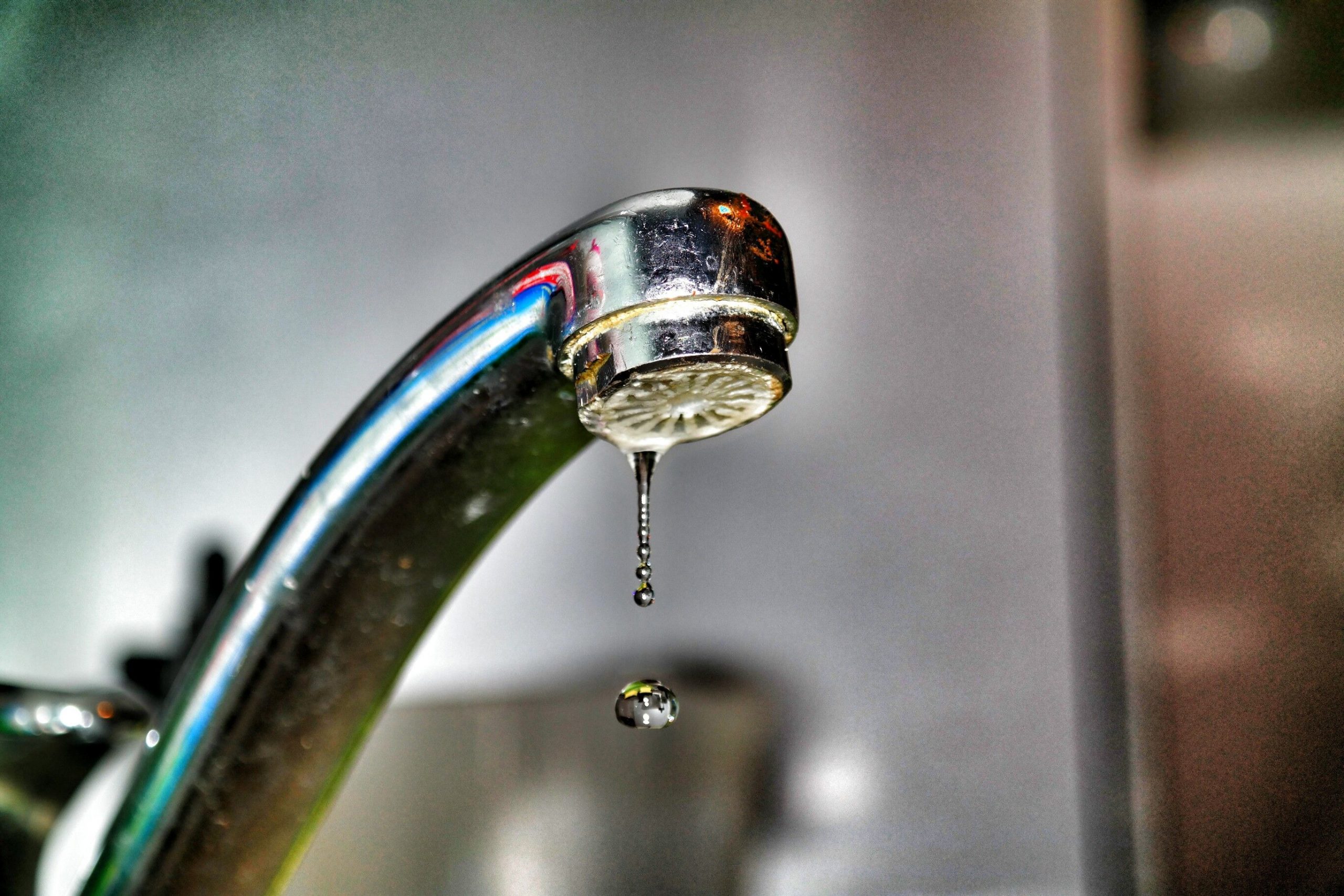Understanding the Problem

A leaky hot water bathroom faucet can be a real nuisance, causing wasted water, potential damage to your bathroom, and a frustrating dripping sound. Understanding the common causes and types of leaks can help you diagnose the problem and determine the best course of action for repair.
Common Causes of Leaks
Leaky hot water bathroom faucets are often caused by worn-out or damaged parts. These parts can include:
- O-rings: These small rubber rings seal the faucet’s internal components, preventing water from leaking out. Over time, o-rings can become brittle, cracked, or worn out, leading to leaks.
- Washers: Washers are another type of seal that prevent water from flowing through the faucet when it is turned off. Like o-rings, washers can wear down and lose their effectiveness, causing leaks.
- Cartridges: Some faucets use cartridges, which are internal components that control the flow of water. Cartridges can become worn, damaged, or clogged, leading to leaks.
- Stems: Stems are the parts of the faucet that connect to the handles. They can become worn, damaged, or corroded, causing leaks.
Types of Leaks
Leaky hot water bathroom faucets can exhibit different types of leaks, each with its own cause:
- Dripping Leak: This is the most common type of leak, where water drips from the spout even when the faucet is turned off. Dripping leaks are often caused by worn-out o-rings, washers, or cartridges.
- Continuous Flow Leak: In this type of leak, water continuously flows from the spout even when the faucet is turned off. Continuous flow leaks are often caused by a damaged stem or a problem with the internal mechanism of the faucet.
- Leak from the Base: If water leaks from the base of the faucet, it could indicate a problem with the faucet’s connection to the water supply line or a crack in the faucet body.
Signs of a Leaky Hot Water Bathroom Faucet, Hot water bathroom faucet leaking
Several signs can indicate a leaky hot water bathroom faucet. These signs include:
- Water dripping from the spout: This is the most obvious sign of a leaky faucet.
- A continuous flow of water from the spout: This indicates a more serious leak.
- Water pooling around the base of the faucet: This could indicate a leak from the base of the faucet.
- A higher-than-usual water bill: If you notice a significant increase in your water bill, it could be a sign of a leaky faucet.
Troubleshooting and Diagnosis: Hot Water Bathroom Faucet Leaking

Diagnosing a leaking hot water bathroom faucet involves pinpointing the source of the leak to determine the necessary repair. This process requires a systematic approach to identify the problem accurately.
Common Tools and Materials
To diagnose a leaking bathroom faucet, you’ll need a few basic tools and materials. These include:
- A screwdriver set
- Adjustable wrench
- Channel-lock pliers
- A bucket or container
- A flashlight
- Cleaning cloths
- Silicone grease (optional)
These tools will allow you to access and manipulate faucet components effectively.
Types of Faucet Leaks and Their Causes
A leaking faucet can manifest in different ways, each indicating a specific issue. Here’s a breakdown of common leak types and their potential causes:
| Leak Type | Potential Causes |
|---|---|
| Dripping from the spout | Worn-out washer, faulty O-ring, or a clogged aerator |
| Leaking from the base of the faucet | Loose or damaged packing nut, worn-out O-ring, or a cracked faucet body |
| Leaking from the handle | Worn-out stem seal, damaged cartridge, or a loose handle screw |
| Continuous flow from the spout | Faulty valve stem, damaged cartridge, or a broken internal component |
Understanding these leak types and their causes will help you pinpoint the problem and choose the appropriate repair method.
